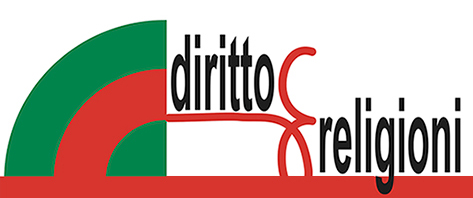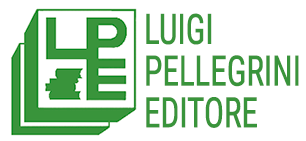Quaderno monografico n. 2DEBORAH SCOLART Religious discrimination in Pakistan
Quaderno monografico n. 2MARIA CRISTINA IVALDI Law and religion in the Russian Federation. Emblematic examples of discrimination
ABSTRACT
Since the 1979 revolutionary Constitution, Iran is a laboratory of great interest in the construction of a contemporary Islamic state model. Far from being consolidated today, this model engenders in Iran a wide-ranging internal and external debate that touches on the one hand the hierocratic structure of government, on the other one the relationship between democracy and citizenship within a particular perspective of secularism. The analysis of the status of religious minorities, both Muslim (Sunni, Alawite and Druze, but also Sufi) and non-Muslim (Jews, Christians, Zoroastrians who are constitutionally recognized, but also Baha’is) is a litmus test of the democratic process in Iran. However, account must be taken of the rhetoric around the construction of a strong national identity in contrast with an effective discrimination that is justified within the historic institute of dhimma. Meanwhile, the every-day chronicles record the limitation imposed on ethnic and religious pluralism by the official interpretation, carried out by the Shia clergy in power, of fundamental rights and freedoms in the Islamic context.
KEYWORDS
Religions and (limited) pluralism in Iran, Constitution, democracy and religious freedom, Status of religious minorities
abstract
Since the 1979 revolutionary Constitution, Iran is a laboratory of great interest in the construction of a contemporary Islamic state model. Far from being consolidated today, this model engenders in Iran a wide-ranging internal and external debate that touches on the one hand the hierocratic structure of government, on the other one the relation- ship between democracy and citizenship within a particular perspective of secularism. The analysis of the status of religious minorities, both Muslim (Sunni, Alawite and Druze, but also Sufi) and non-Muslim (Jews, Christians, Zoroastrians who are constitutionally recognized, but also Baha’is) is a litmus test of the democratic process in Iran. However, account must be taken of the rhetoric around the construction of a strong national identity in contrast with an effective discrimination that is justified within the historic institute of dhimma. Meanwhile, the every-day chronicles record the limitation imposed on ethnic and religious pluralism by the official interpretation, carried out by the Shia clergy in power, of fundamental rights and freedoms in the Islamic context.
key words
Religions and (limited) pluralism in Iran – Constitution, democracy and religious free- dom – Status of religious minorities.


